Durability is the property of wood to resist for as long as possible the attack of fungi and insects that have gotten into the wood due to excess moisture. Durability is therefore equivalent to outdoor resistance, as excess moisture is specific to this environment. The outdoor resistance of a wood can be natural or due to treatments it has previously undergone. Impregnation with special substances, under specific conditions, can turn a less durable wood into a very durable one. Kebony and Accoya are such examples. Coating wood with exterior resistant oils, varnishes or paints can also increase the wood's resistance to moisture and other atmospheric factors. But it is difficult to cover the wood completely so that no water can find a way in. That is why it is very important that the wood used is naturally highly durable. Why some wood species are more durable than others and can be recommended for outdoor use is explained below.
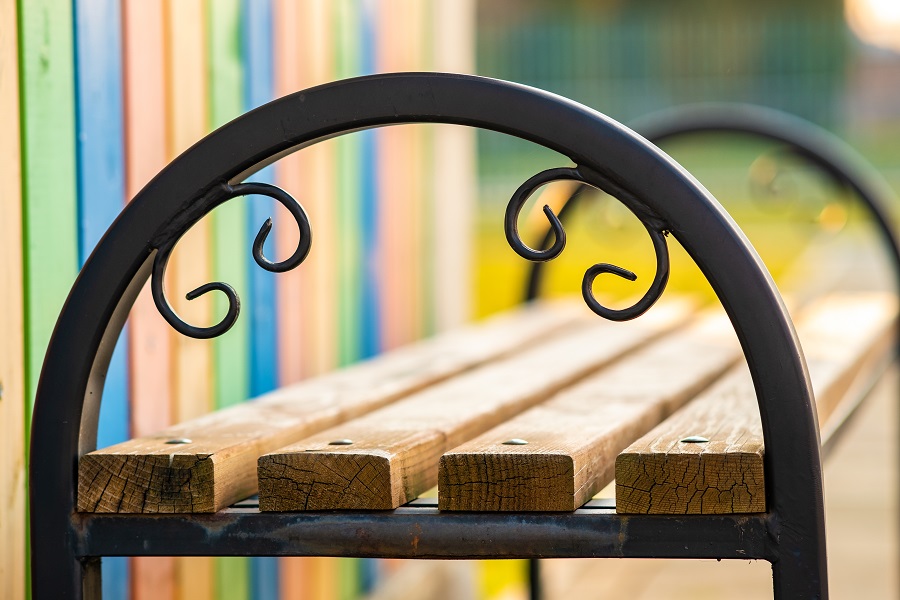
Standard EN 350:2016 classifies wood species according to durability
Wood holds up quite well in air or totally submerged in water. When in direct contact with the ground, however, its resistance is greatly reduced. Moisture and air create a breeding environment for fungi and insects that attack and destroy wood. How quickly it is attacked and destroyed depends on the characteristics of the species.
European Standard EN 350:2016 - Durability of wood and wood-based products - Testing and classification of the durability to biological agents of wood and wood-based materials - - combined the old EN 350-1 and EN 350-2 standards into a single document. There are 4 durability categories for wood, depending on its resistance to different factors: wood-rotting fungi, wood-boring insects, termites and marine organisms.
Depending on the resistance to fungi that cause rotting, wood is divided into 5 durability classes. DC 1 is the most durable class, with a resistance of more than 25 years, and DC 5 is perishable wood, with a resistance of less than 5 years (for some countries, less than 1 year). Find here grades with examples of wood species for each grade. Strength refers to heartwood, sapwood of all species being classified as DC 5.
Why heartwood is tougher on the outside than sapwood
The difference in strength between sapwood and heartwood is their ability to absorb water, i.e. how quickly fungi can get inside. When it is very young, the tree takes its nourishment from the soil to grow by forming new wood cells. As it grows, the old cells die, lose their absorptive capacity and gradually become stronger and more supportive. Cell death occurs differently from species to species (e.g. 2-3 years in acacia, 12-13 years in ash).
As new cells form in the area between the bark and the trunk, dead cells accumulate inwards, forming heartwood. The new cells form a ring between the bark and the heart, an area called alburn, responsible for feeding the whole tree. When the tree is young, in full growth, the sapwood area is wide, with little heartwood. As it nears maturity, the heartwood part grows, and the sapwood part becomes narrower.
The loss of nourishing ability means that the heartwood absorbs less water, making it harder for decay-causing fungi to reach it. It is the part of the wood that is used to make furniture and other objects because of its much better mechanical strength and workability than sapwood.
However, according to the standardized classification, the duramen can last from less than 5 years to more than 25, depending on the species. What causes this difference? The presence inside the vessels of formations and substances that block the entry of water, and thus of fungi that cause rotting.
Tiles, resins, gums, tannins - formations and substances that determine wood durability
Over time, some wood species have evolved and developed defenses to protect themselves from fungal attack or to repair wounds caused by insects and animals. As the sapwood cells cease their feeding activity, becoming so-called dead heartwood cells, parts of them turn into fungicidal compounds or simply into formations that block the entry of water into the heartwood vessels. The latter are called tile and are outgrowths of parenchyma cells (the cells that make up the woody mass).
Tyloses (tylosis) are like air bubbles that attach themselves to the pores of deciduous heartwood (in the pores) or the tracheids of resinous heartwood. They make it much harder for water to get in and out. The more of them there are, the better the wood is protected, i.e. water does not get in and the fungi that cause decay are kept at bay. The pots of acacia are blocked with such tiles, making it very resistant to the outside. The percentage of tiles is also very high in chestnut wood, which is also recognized for its resistance to the exterior. Unlike acacia and chestnut, beech, poplar, poplar, willow and birch have loose pots, with water free to enter.
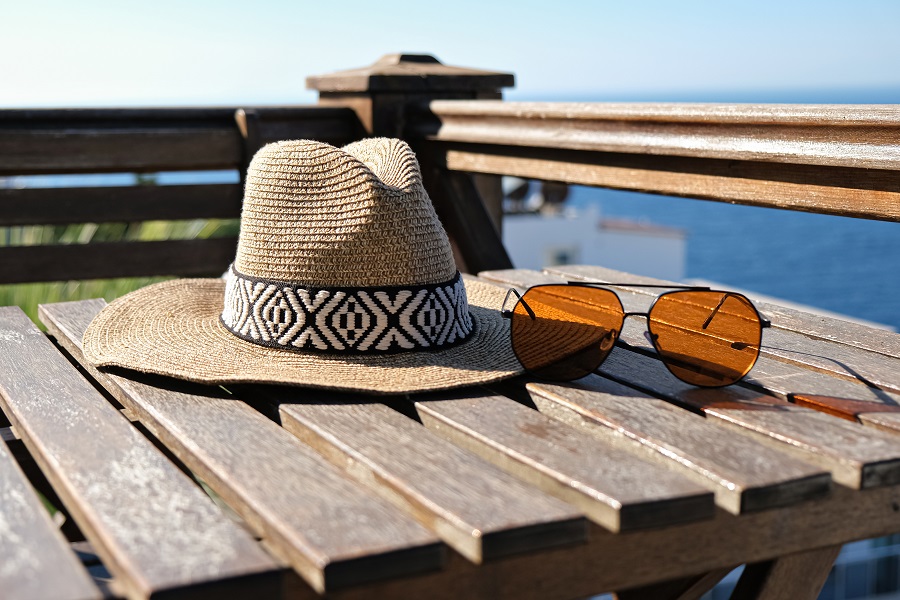
How important the presence of tiles is can be seen in oak wood. White oak (Quercus alba) has tiles in its pores, whereas red oak (Quercus rubra) does not. As a result, white oak is listed as a durable wood (DC 2), whereas red oak has low durability (DC 4).
Another effect of the presence of tiles is that the wood dries out over a longer period of time. Tiles accumulate in the cut area when the wood is cut, preventing water from escaping. Chestnut, with the pots almost blocked by the tiles, dries much more slowly, while logwood takes up to a year to reach the equilibrium moisture content of 30%.
The tiles contain resins, gums and other substances that protect the wood from fungi, insects and termites. Depending on their nature, the wood gives off a specific odor. The resins in resinous wood have the ability to repair wounds caused by animals or weathering.
The study of wood composition and its microscopic structure can provide important information on the behavior of the species under outdoor conditions. However, it should not be forgotten that natural durability depends on the geographical region of origin, growing conditions, age and other such variables.
I hope you find the information useful. Complementaries are, as always, welcome. And if you have any questions or queries, please leave them below in the space provided. I will be sure to reply.

























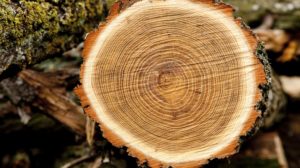
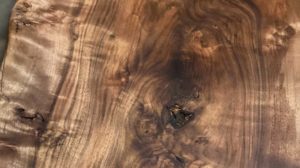

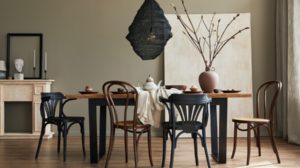
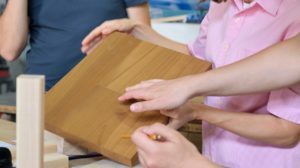
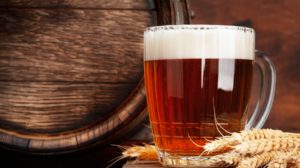

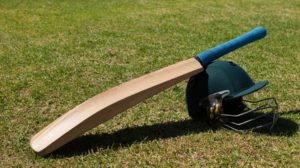



Hello,
Interesting article, thanks.
I have to install a rustic acacia roll fence. The pickets are acacia wood and the gates are chestnut, also pickets for the gates. I prefer not to put cement in the pits for the pickets as I rent the land.
As the stakes come in contact with the ground, do you think it would be good to treat the wood with something? Oil maybe?
I was told that the lifespan of such a fence would be 20 years but honestly that seems like a long time.
Do you think you're going to prolong the life of the stakes with any treatment before you put them in the ground?
Thank you in advance for your opinion.
Have a nice day!
Hello!
Acacia wood is very strong and is often used for fence posts that are driven directly into the ground. The problem occurs on the surface, when in contact with the ground. The construction must be done in such a way that water does not collect at the base, but runs off immediately. There are also foils that can be put around the post when it is driven into the ground - the foil must reach above the ground where the risk zone is.
Oil treatment helps to remove water. If you use linseed oil, refresh it every year because it is quickly washed away by water. Tung oil, blends of linseed and tung oils (Danish oil, Kreidezeit lazuri), some synthetic oils are more resistant over time.
It is not exaggerated. Acacia and chestnut are very hardy species outdoors. If the construction solution is chosen in such a way that water does not puddle or run off, the fence can withstand it very well. I think the best solution for pickets is special foil.
Below are some links that you may find useful.
Good luck!
https://revistadinlemn.ro/2018/03/09/garduri-din-lemn-cum-se-alege-lemnul-materiale-de-protectie-sfaturi/
https://revistadinlemn.ro/2022/12/15/cum-sa-alegi-lemnul-solutia-constructiva-si-materialele-de-protectie-pentru-proiecte-rezistente-la-exterior/
https://revistadinlemn.ro/2019/06/12/cele-mai-rezistente-specii-de-lemn-la-exterior/
https://revistadinlemn.ro/2018/08/03/12-reguli-simple-pentru-a-avea-constructii-din-lemn-rezistente-la-exterior/
https://revistadinlemn.ro/2023/03/23/ricosarea-picaturilor-de-ploaie-poate-indeparta-finisajul-si-distruge-lemnul-ce-solutii-avem/